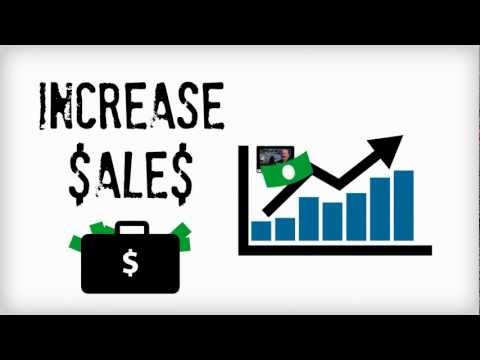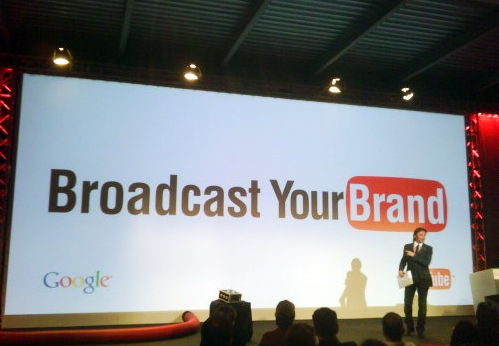Like many major marketers, Reebok wondered where its digital video ad dollars might be better spent—Facebook or YouTube video —and it partnered …
Video Marketing: Tell Your Dealership’s Story
The latest statistics about the growth and reach of online video offer convincing proof of its potential for marketing purposes. …
Facebook: “A” Grade – Social Ad Targeting
Paid advertising on social media properties is delivering a solid return on investment, according to marketers in a recent eMarketer’s …
Facebook Hits 8B Video Views Per Day
Facebook Hits 8 Billion Video Views/Day, Challenges YouTube Did you know? More than 1 billion people use Facebook every single …
Study: Online Video delivers highest conversions (vs other content)
While marketers increasingly appreciate the importance of video in their content mix and agree it produces the best conversions, a …
73% Marketers Say Video Positively Impacts ROI
Over the past few years, online video has become an increasingly vital part of the content marketing mix for a …
85% Find Success: Online Video Marketing
Online Video Marketing Ascend2 conducts a monthly research series, and its most recent Online Video Marketing Strategy survey was conducted …
Instagram Video Ads – Coming Soon
Instagram Video Ads – Coming Soon Instagram has announced big changes to its advertising platform, meaning you’re likely about to …
Use Marketing Videos at each stage of the buying cycle
It’s been proven many times over, regardless of what industry you are in, marketing videos are valuable at each stage of …
Online Video Marketing: Quick Tips To Get Started
When it comes to marketing, online video is it right now. It’s the post type Facebook marketers are willing to …









